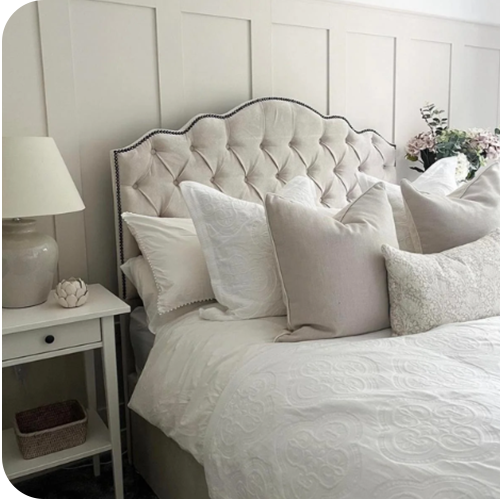Pillow Washing Techniques: Maintain Your Comfort and Hygiene
When it comes to getting a good night’s sleep, a clean and comfortable pillow plays a crucial role. Pillows, over time, accumulate dirt, oils, and allergens, which can negatively impact your sleep quality and overall well-being. In this article, we will explore various pillow washing techniques to help you maintain both the comfort and hygiene of your favorite sleep companion. Let’s dive into the details of how to keep your pillows fresh and inviting.
Table of contents
Why Pillow Cleaning Matters

Before we delve into the washing techniques, it’s essential to understand why cleaning your pillows is important.
Prolong Pillow Lifespan
Cleaning your pillows regularly can extend their lifespan, saving you money in the long run.
Improved Sleep Quality
A clean pillow provides a better sleeping experience, free from allergens and odors.
Washing Basics
Let’s start with the fundamentals of pillow washing.
Select the Right Pillow
Before you begin the washing process, it’s important to know what type of pillow you have. Different pillow materials require specific cleaning methods.
Check the Care Label

Always check the care label on your pillow for washing instructions. Some pillows are machine-washable, while others may need special care.
Pillowcase Protection
Using a pillowcase is an excellent way to keep your pillow clean for longer periods. Wash the pillowcase regularly.
Regular Maintenance
Don’t wait until your pillows are visibly dirty. Aim for regular maintenance, depending on your usage and pillow type.
Washing Techniques
Now, let’s move on to the techniques you can use to clean your pillows effectively.
Machine Washing

For machine-washable pillows, follow these steps:
Step 1: Check for Damage
Examine the pillow for any damage. If you find any, it’s best to repair it before washing.
- Step 2: Use a Mild Detergent
Place the pillow in the washing machine with a mild detergent. Use cold water for delicate materials and warm water for synthetic pillows.
- Step 3: Gentle Cycle
Set the washing machine to a gentle cycle to avoid damaging the pillow’s fill.
- Step 4: Rinse Thoroughly
Ensure that the detergent is completely rinsed out to prevent residue buildup.
- Step 5: Drying
Place the pillow in the dryer with dryer balls or clean tennis balls to fluff the filling. Use low heat to avoid damage.
Hand Washing

For pillows that require hand washing, follow these steps:
- Step 1: Fill a Tub
Fill a large tub with lukewarm water and add a mild detergent.
- Step 2: Soak and Agitate
Submerge the pillow and gently agitate it. Avoid excessive squeezing.
- Step 3: Rinse
Rinse the pillow thoroughly until the water runs clear.
- Step 4: Drying
Gently press out excess water and dry the pillow flat on a clean surface.
Spot Cleaning
For small stains or spills, follow these steps:
| Step | Action | Details |
| 1 | Blot the Stain | When a stain occurs, immediately take a clean, absorbent cloth or paper towel and gently blot the stained area. This will help soak up as much. |
| 2 | Use a Mild Cleaner | After blotting, apply a mild detergent or a stain remover to the affected area. You can do this by following the product’s instructions for dilution and application. |
| 3 | Blot and Rinse | Once the cleaning solution has been applied, gently blot the stained area again with a clean cloth or paper towel. This helps lift the stain and absorb the cleaning solution. After blotting, rinse the treated area with a clean, damp cloth to remove any remaining detergent or residue. |
Conclusion
Regularly washing your pillows is essential to maintain their comfort and hygiene. By following the appropriate washing techniques, you can prolong their lifespan and enjoy a better night’s sleep.
FAQs
It’s recommended to wash your pillows every 3-6 months, depending on usage and pillow type.
Avoid using bleach as it can damage the pillow’s materials. Stick to mild detergents.
Follow the hand-washing or spot-cleaning techniques mentioned in this article.
Yes, sunlight can help eliminate odors and bacteria. However, avoid direct sunlight for extended periods, as it can damage the pillow.



